Can You Replace A Single Tire? Expert Advice on Tire Replacement Strategies
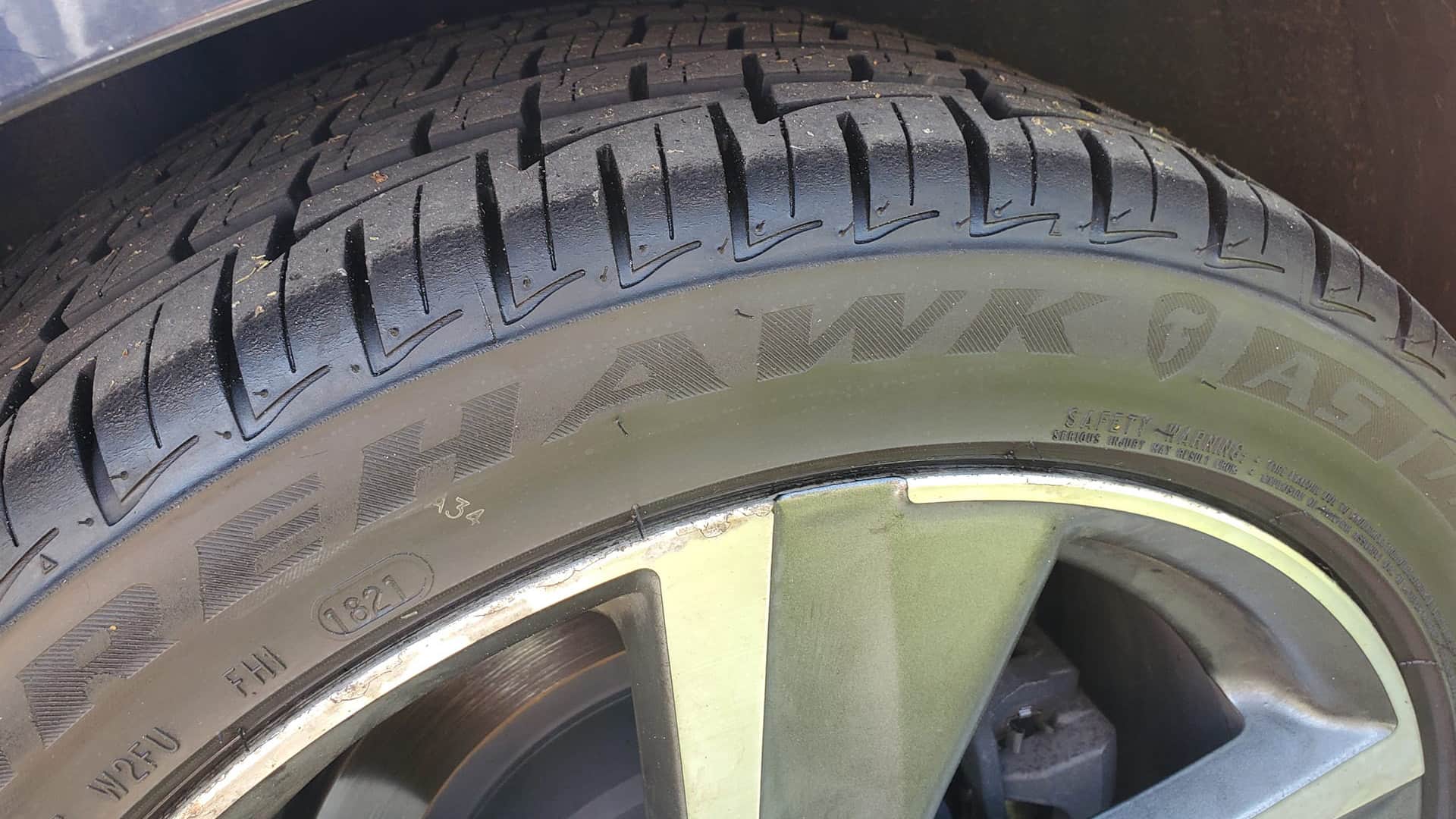
Worn out or damaged tires can be the bane of every driver’s existence. The question arises: should you change all four, two, or just one? To add to the problem, mechanics will almost always try to sell you on purchasing more than you originally intended.
It’s tough to know who to trust and what is right for your vehicle. Are you confused yet? Well, rest assured because we’ve got your back! In this guide, we’ll help break it down for you so that the next time your ride needs new tires, you can make a decision with ease and confidence.
Key Takeaways
When Is It Allowed And When Not To Replace A Single Tire?
The depth of your tire’s tread is measured in 32nds of an inch and new tires usually have around 10/32 to 12/32 of an inch.
Now, if your other tires have only lost about 2/32 to 4/32 of their original tread depth, then it’s all good to swap out just the damaged one. But here’s the trick: when you go buy that brand-new tire, make sure you get one with the same brand, tread pattern and size.
Now, here’s a little extra tidbit to consider. There are some exceptions to the rule we just talked about.
– AWD & 4WD Vehicles
All-wheel drive or four-wheel drive vehicles have particular standards for how much your tires can differ in tread depth. So, make sure to check your owner’s manual for guidance on what’s best for your car to steer clear of causing any damage.
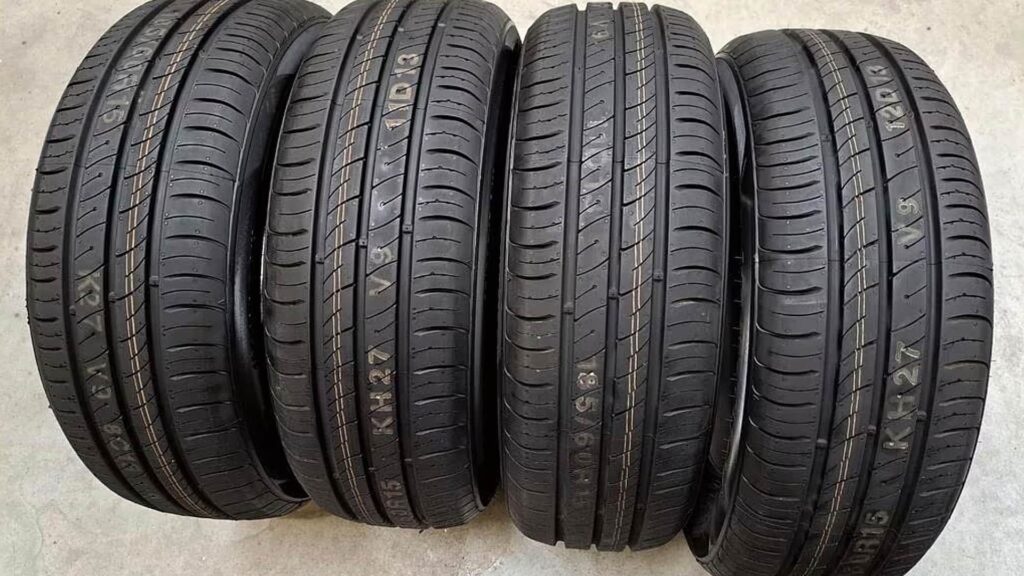
Some AWD car manufacturers recommend getting all four tires replaced at once instead of just one or two. Why? A new tire will have a larger overall diameter than the older ones. That means that the worn ones would spin faster than the newer one and this difference in speed might make an AWD system engage on dry pavement and rough up the system altogether.
So, when dealing with an AWD or conventional 4WD car, it’s best practice to replace all four on the same timetable so that each tire has equal traction and diameter.
– Two Wheel Drive (FWD & RWD) Vehicles
If you’re driving a front- or rear-wheel-drive vehicle, the guidelines are pretty similar. If you’ve lost half or more of the tread on all four tires, swapping out just one could mean that one wheel spins slower than the others and sends mixed signals to your traction control and antilock brake systems.
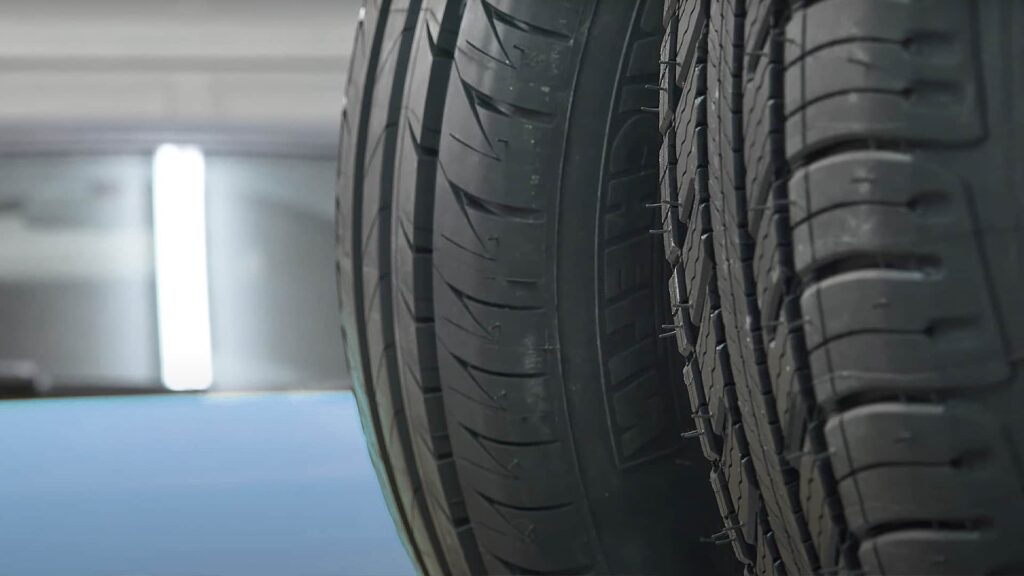
Plus, that single tire will have different characteristics for cornering grip, acceleration and braking compared to the others. You don’t want that!
So, for two-wheel-drive vehicles (whether FWD or RWD), the smarter option is to replace both tires on the same axle instead of just one.
Now, whether you go with replacing just one tire or more, remember this tip from the experts at cars.com: always mount new rubber on the rear wheels! If new tires go onto the front wheels instead, there’s a higher risk of hydroplaning – when your car kinda floats on water that gets in its way – which could make you lose control in turns during heavy rain.
What If You MUST Replace Only One Tire?
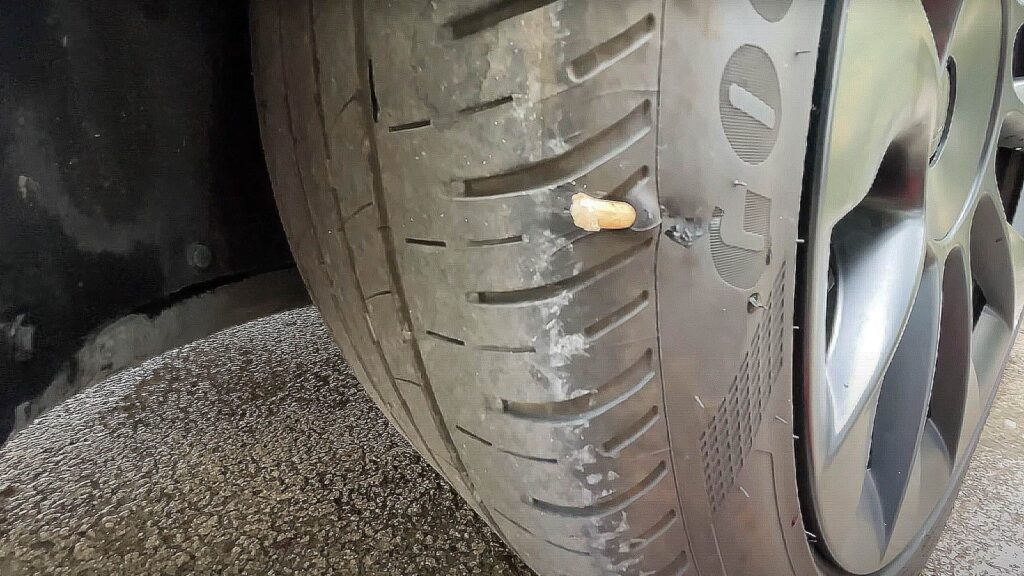
Let’s say circumstances have put you in a position where you HAVE TO replace just one tire. Maybe you’re in a bit of a tight spot and can only afford to replace one tire right now, or your trusty tire technician has confirmed that it’s all good to swap just one tire based on the remaining tread depth of the other tires, and what your owner’s manual says.
Whatever the case may be, this is how swapping out one or two tires typically goes down.
– Two Wheel Drive (FWD & RWD) Vehicles
If you’re replacing just one tire on a FWD or RWD vehicle, it’s important to pair it up with the tire that has the most tread depth left on your vehicle. Then, both tires get mounted onto the rear axle of your ride.
– AWD & 4WD Vehicles
Now, things can get a little complicated when it comes to AWD and 4WD vehicles. As previously mentioned, even the slightest difference in tire diameters between axles or on an axle can screw up your drivetrain system.
For AWD and 4WD vehicles, you wanna change all four tires together if you can, but don’t forget to look into what your specific vehicle manufacturer recommends so that you’re good to go for whatever kind of terrain or weather hits.
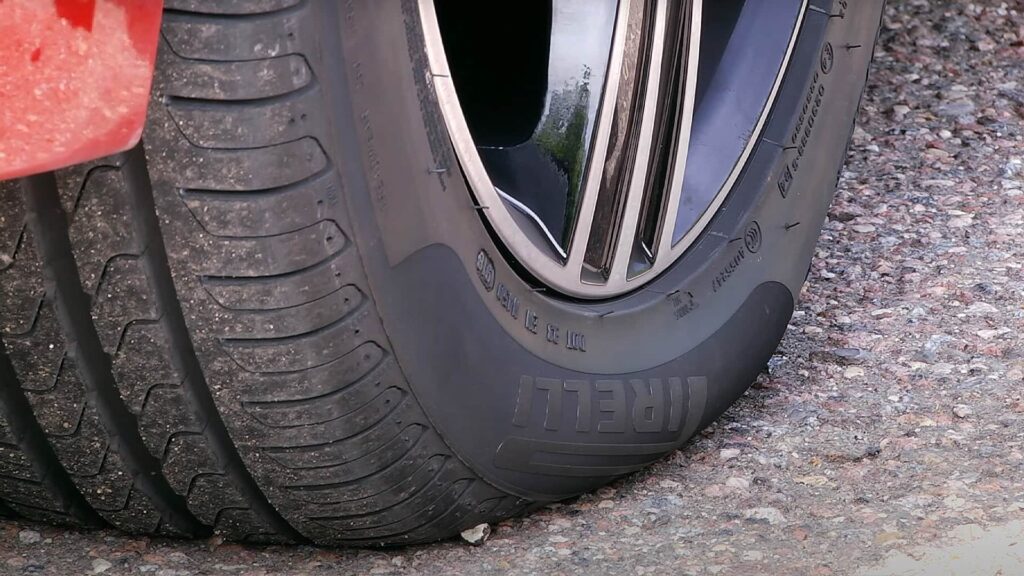
Why You Should Avoid Replacing Only One Tire
– Different Tread Depths Lead to Less Stability
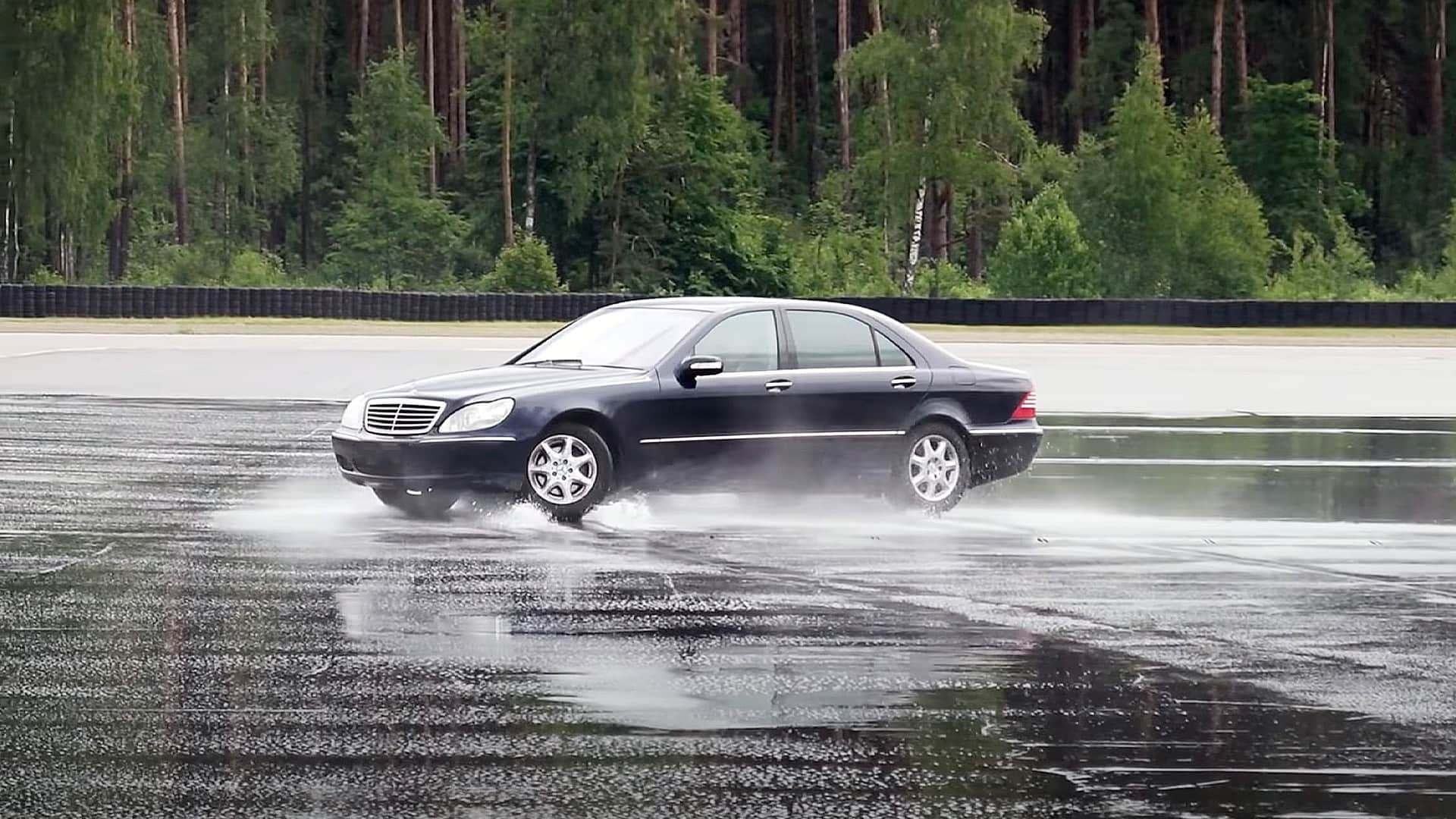
The tread on your tires is super important for maintaining grip and keeping you (and passengers) safe. It helps you stick to the ground whether you’re navigating tight turns, braving snow or driving in heavy rain.
But if you’ve got one tire with shallower tread than the others, it throws everything off balance. The grip of all four tires just won’t be as strong as they could be if they had even levels of wear and tear.
To help wrap your head around it: imagine running with a worn-out shoe on one foot and a brand new one on the other. Not exactly smooth or stable, right? The same applies when you replace only one tire on your car!
– You Might Damage Your Suspension or Drivetrain
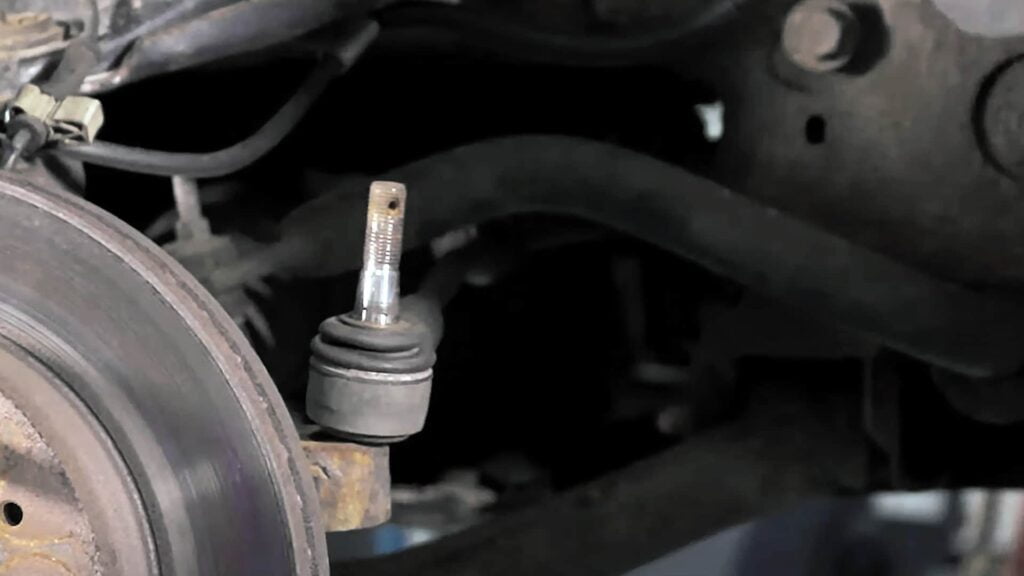
When you get only one new tire, it will most probably have a different tread depth than its mate on the other side of the axle. And different tread depth means putting extra strain on the car’s suspension and drivetrain systems, leading to damage down the line.
That’s why regular tire rotation helps keep everything level – front tires wear differently than the ones in the back.
– You Might Confuse Your Car’s Computer
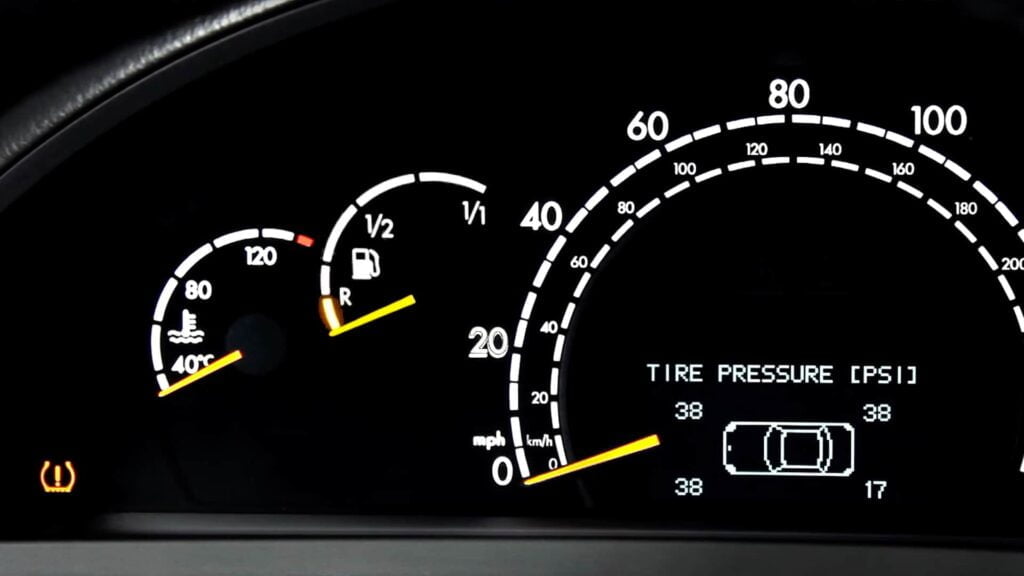
Your vehicle has both mechanical and electronic systems that rely on data from all four of your tires. These systems might include anti-lock brakes, transfer cases, differentials or traction control. When one tire differs significantly from the others, it can make the data confusing or outright incorrect.
This could throw off critical functionality like detecting low tire pressure or enabling the anti-lock brake system when you hit gravel or ice. These are all functions that require accuracy to ensure your safety on the roads.
FAQs
Should You Replace Tires In Pairs?
While it isn’t an absolute requirement, the majority of tire experts do suggest considering it. This is because electronic stability programs and anti-lock braking systems function at their highest level when all tires can offer matching rolling diameters and grip on the same axle.
To be fair, having a slight difference in tread wear between two tires usually doesn’t pose a significant challenge to car computer programs or mechanical differentials due to small variations in rolling diameter. The real issue arises when there are big differences between worn treads’ performance on wet or slippery surfaces. Balancing software and hardware struggles may arise if more than one tire has such big differences.
Do My Front Tires Have To Match The Rear?
Matching front and rear tires doesn’t matter as much for FWD or RWD vehicles. The important thing is that the tires on each axle have similar grip.
For safety reasons, it’s smartest to install your most tread-heavy tires in the back. This may seem like a surprise, but when you’re driving and understeer occurs – when front wheels can’t hold grip – you’re still safer than if oversteer happens (when back wheels lose traction). In that case, your vehicle can spin out of control quickly.
Final Words
To wrap things up, replacing one tire can cause problems for the rest of your ride and even computer systems. It might look like you’ll save bucks by getting just one new tire, but you might be setting yourself up for an expensive failure down the line.
The bottom line: play it safe and keep all your tires consistent in tread depth and wear so that you don’t have to worry about losing control on the road.
